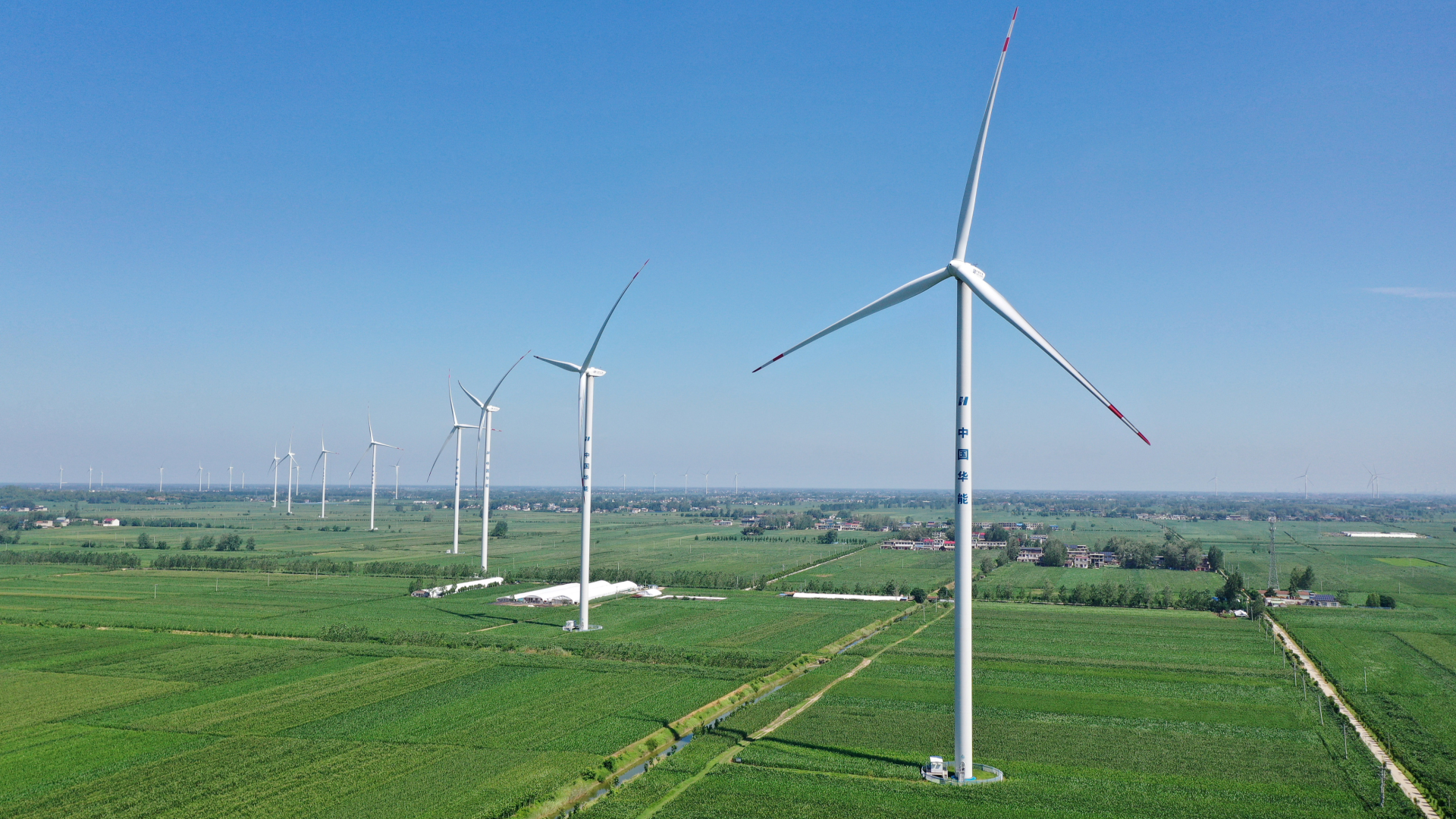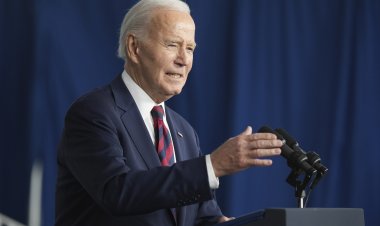China Plans Revamp of Electrical System to Foster Green Growth and Enhance Energy Security
China is set to reform its electricity system to promote sustainable growth and enhance energy security. The initiative aims to improve renewable energy integration and modernize the infrastructure to support a greener economy. By focusing on these areas, China seeks to bolster its commitment to environmental goals while ensuring a stable energy supply for the future.

The National Development and Reform Commission, along with the National Energy Administration (NEA) and the National Data Administration, issued a collaborative action plan detailing key initiatives across nine sectors from 2024 to 2027.
The plan emphasizes enhancing the grid’s capacity to transmit clean electricity, leveraging advanced technologies in power generation, regulation, and control. The NEA noted in a statement that the increased generation of solar and wind power in China's arid zones necessitates improved power transmission to high-demand areas.
China is committed to expanding its wind and solar power installations in deserts and similar regions, targeting a capacity of 455 million kilowatts by 2030. Currently, the primary use of cross-regional transmission lines is for transporting coal and hydropower.
Part of the country's strategy involves modernizing coal-fired power stations to significantly cut down on carbon emissions. "Coal-fired power will remain a crucial source of reliable electricity supply in our country. To achieve the goal of peaking carbon emissions, it is necessary to accelerate the low-carbon transformation (of this sector)," the NEA stated.
Additionally, the burgeoning market for new-energy vehicles has surged forward, with a 32% increase in sales in 2025's first half. This surge has generated a significant demand for expanded electric vehicle (EV) charging infrastructure. The plan commits to enhancing the charging systems, enriching the integration of EVs with the electric grid, and setting up standards for the charging setup.
By June's end, China had installed 10.24 million charging points, reporting a 54% growth compared to the previous year, as per official statistics.
An NEA spokesperson revealed last week efforts to extend charging facilities into rural territories to capitalize on the EV market, noting that one-third of provincial regions had already established such infrastructure in localities.
The recent plan also addresses strategies to maintain the reliability of China’s electricity infrastructure and to advance the power distribution network.
With a surge in electricity use by 8.1% to about 4.66 trillion kilowatt-hours in the year's first half, mirroring strong economic activities, ensuring a dependable electricity supply is crucial for powering China's vast economy.
China remains committed to greener growth strategies, aiming to peak its carbon emissions by 2030 and reach carbon neutrality by 2060—a timeline that is considerably shorter than those set by many developed nations.
Alejandro Jose Martinez for TROIB News
Discover more Science and Technology news updates in TROIB Sci-Tech












